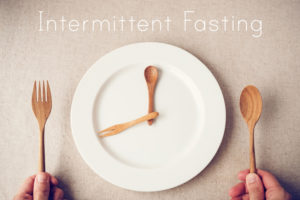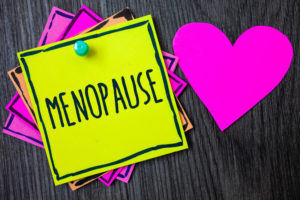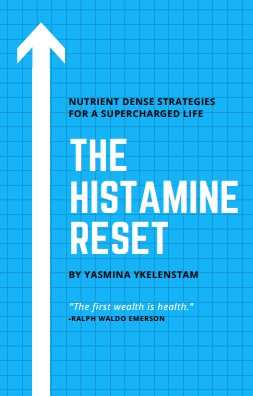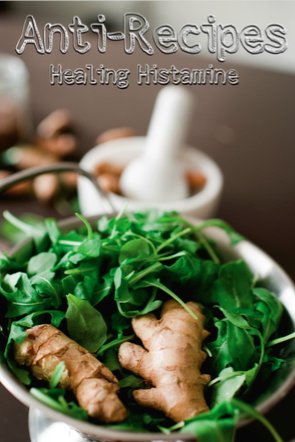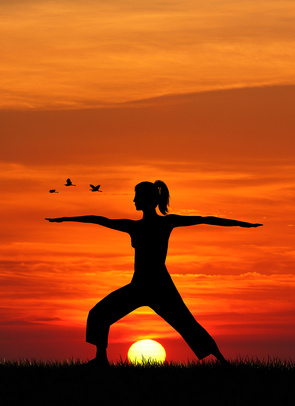
Yes dear friends, the diet and lifestyle changes I’ve made in the last year are certainly working. Otherwise there’s no way I could have completed my first 90minute, level 2-3 (out of 3) ashtanga yoga class in over two years just last week. It might not sound like much, but when you consider my last experience…
To quote Dirty Dancing: “spaghetti arms”. Not ideal really when they’re the only thing keeping your face from smashing into the festively tinted puce yoga mat just inches from your nose. Bravely, or so I thought anyway, I had persevered through the level two ashtanga yoga class – migraine mounting, noodle like limbs attempting to keep me vertical through tree pose and side angle as I listed wildly from side to side, a tiny boat tossed about in a sea of misbehaving mast cells.
It all crashed to a halt, not with a swan dive into the artfully polished “reclaimed wood” yoga studio floor, but rather when the teacher kindly whispered in my ear: “there’s no shame in child’s pose”.
Was she talking to me??
Me, need a break in yoga class?
Me, the decade long practitioner?
Me, the first in my social circle to embrace the punishing, Madonna-as-Arnold-Schwarzenegger-in-Pumping-Iron-musculature-building ashtanga yoga style?
What???
I lunged wildly for my yoga mat, cheeks burning, eyes tingling in anticipation of letting loose; the largest organ in my body threatening to pound through its skull encasement as I fled the class, trying hard not to trip over the bronzed hardbodies (ok a bit of an exageration as I was in London), blessed enough not to be dealing with my horrible affliction.
“Damn them,” I thought as I sniffled my way past.

There was just SO much wrong with the way I approached exercise post-histamine intolerance/mast cell activation diagnosis. A ton of research eventually revealed that the kind of exercise you do affects your histamine level.
So I thought I’d share some of my roadblocks and how I overcame them.
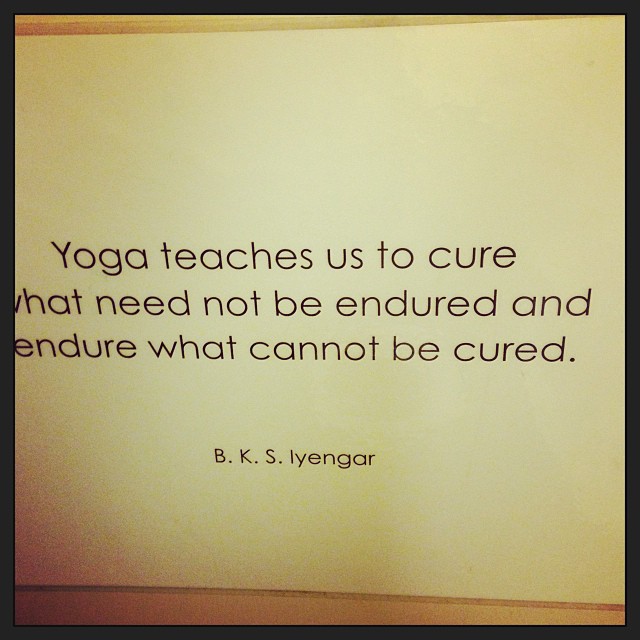
I took this picture in the yoga studio. Really hit home for me…
A “woe is me” attitude.
A biggie.
“Oh my goodness” (that’s the cleaned up version!) I thought, “I’m never going to exercise again. I’m going to become a ginormous canibalistic couch potato, devouring an endless supply of tasty bags of ‘tater chips ferried to me by online shopping services and emergency service workers wading through piles of McDonalds coupons and mice droppings.”
This was a toughie, one that needed to be fixed in my approach to all aspects of my life. I recently wrote up how I dealt with this.
Fear of anaphylaxis, death/psyching myself out.
Ok, yes, always a possibility. That’s why I’ve spent the last year fighting to bring down my histamine level, stabilise my mast cells and bring down overall inflammation. So you can exercise (I hear you gasp)? Indeed – exercise has been on my mind throughout. It’s one of the most important pieces of this puzzle. Our bodies are made to move. I believe the hormones and chemicals released through exercise are necessary for me to heal.
I now understand that my body is healing. I know my limits – but more importantly I know when my brain is what’s standing in my way. It took time, but it comes. I recommend reading Dr David Hamilton’s excellent ‘How Your Mind Can Heal Your Body’ for more – you’ll find my interview with the bestselling author here.
Unwilling to deal with (temporary) exercise induced histamine increase.
(The Twinkie Defence)
Uh yeah. Ok, so at some point it just became silly that I was willing to hurt myself with a dessert rather than deal with some temporary spike in histamine due to exercise. The Twinkie isn’t doing a dammned thing for me, other than give me 30 seconds of pleasure. I will enjoy my muscles, increased bone mass, feel good chemicals, heart health, dementia free brain and toned abs in a bikini for decades to come. I mean really, I can’t say that exercise has ever made me feel worse than anything nasty I’ve eating.
And so I experimented – a little at a time. 10 minutes of light yoga. How do I feel? 20 minutes. 10 minutes in a hot room. 60 minutes in a cool room. Once I had a baseline of how I felt under ideal conditions, I was able to break free of my shackles and fear.
Copping out
(exercise makes me uncomfortable so I’m just not gonna do it).
Really? Just how uncomfortable was it making me? More so than watching a terrifying 3D movie? No.
More than allowing myself to have a nervous breakdown because the only shampoo I can use is sold out, again, in the UK? No.
More than letting work make me want to bang my head against a brick wall till I sprout a cartoon-like bump? No.
If I had answered yes to any of those questions I would have simply figured out a better way to exercise.
Pushing myself too hard (all at once).
Comparing myself to others.
Comparing myself to my pre-diagnosis performance.
(Take your pick).
I am an overacheiving, type AAAAA++++ type personality. I mean really. I don’t understand the meaning of “no”. If I did, I doubt I would have found it easy to be a journalist.
One of the many things I owe a debt of gratitude to this diagnosis for, is teaching me not to be so hard on myself. That I can still acheive great things, but that it’s not the end of the world if I don’t.
Psyching myself out.
When I see the halogen heaters blasting a few inches away from my face in the yoga studio where I practice, it makes me feel really hot and flustered, picturing how my mast cells are reacting (hint, they hate heat). Maybe because it’s hot right? And I’m doing yoga in the heat (more histamine release).
Here’s the rub though – my apt isn’t hotter than the yoga studio. But – my heaters at home don’t cast a neon glow reminicsent of a rising sun in Africa (or a thermonuclear mushroom cloud) onto my face as I struggle to pull off what must be my zillionth chattaranga dandasana. (That’s plank position to those of you not lucky enough to have a teacher speaking nothing but Sanskrit in class!).
Yes, it’s been a joy to identify all the irrational triggers relating not only to exercise but my life in general, but it’s getting easier.
Not focusing on the positives.
Yoga benefits: prevents asthma attacks [1], lowers histamine [2], lowers inflammation [3], boosts GABA in the brain making you less stressed/anxious [4], boosts cortisol levels (helping us stay calm – also great for those with fibromyalgia) [5], teaches you endurance.
Most of all? Yoga is an hour/hour and a half long meditation. No joke! In the same way my make up concealer is also a moisturiser (because it’s totally 100% pure cacao, coconut, argan and moringa oil), yoga is my two ‘fer.
So, you ask, what if yoga’s not my thing?
My recent interview with world renowned mast cell expert Dr Castells revealed that she believes that exercise (in addition to diet and stress management) are important.
“30-45 minutes of exercise a day like brisk walking, not running but jogging, swimming, and even dancing,” she said in my recent interview with her. “These (diet and exercise) are lifestyle changes that a patient with systemic mastocytosis needs to make in order to improve their quality of life.”
She even has patients who Zumba!
(For those unfamiliar with SM, it’s a type of histamine/mast cell disorder related to histamine intolerance and mast cell activation – check out my FAQ.)
Too exhausted to exercise?
Who isn’t?! I mean holy crap, some of us work two jobs, raise kids, look after the men in our lives (and yet they STILL refuse to lower the toilet seat), deal with a life altering affliction and still have the will to exercise. Tell you what, even when confined to a bed there’s a way to exercise.
Please, before you fire off an email to me stating why there’s no way that some people can exercise – because they’re exhausted, because they’re dizzy, because they go into shock just getting up from a chair, please watch a paraplegic basketball game, the para-Olympics, or travel to Lahore or Bangkok to watch the half body people on skateboards or check out Nick Vujicic, born without arms and legs but travels the world giving motivational speeches. I’m not saying illness isn’t tough – I’m saying it’s sometimes as tough as you make it.
Chair yoga – yes, that’s a thing. Water yoga – my good friend Jan teaches it.
Where there’s a will there’s a way. We’re just often not honest enough with ourselves about lacking the will to wrestle our doughy bodies out of the sofa.
“Fatigue doesn’t respond well to the medications we use, even the more sophisticated ones – fatigue responds to changes you make to your tissues through exercising or changes you make to your intestinal absorption by changing what you eat,” says Dr Castells. Click here to read the whole interview.
———-REFERENCES———
[1] https://healinghistamine.com/yogic-pranayama-breathing-lowers-histamine/
[2] https://healinghistamine.com/yogic-pranayama-breathing-lowers-histamine/
[3] https://healinghistamine.com/yogic-pranayama-breathing-lowers-histamine/
[4] http://www.ncbi.nlm.nih.gov/pubmed/20722471
[5] http://psychcentral.com/news/2011/07/28/yoga-increases-cortisol-relieves-stress/28128.html



